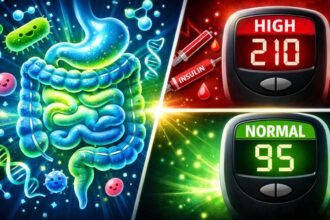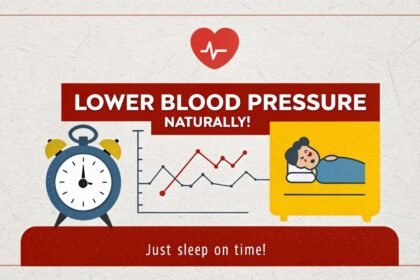A newly released 2025 report from the Environmental Working Group (EWG) has found that spinach now ranks highest in pesticide residue among all tested produce in the United States.
This revelation, part of the EWG’s annual “Dirty Dozen” list, has sparked both concern and controversy among health-conscious Americans.
Each year, the EWG analyzes data from the U.S. Department of Agriculture’s (USDA) Pesticide Data Program to rank fruits and vegetables based on pesticide contamination.
For 2025, spinach has replaced strawberries at the top of the list. Other produce on the list includes kale, peaches, apples, grapes, pears, and new additions like blackberries and potatoes.
Notably, 75% of the tested spinach contained permethrin – a neurotoxic insecticide banned in the European Union.
Similarly, 90% of potato samples showed chlorpropham residue, another chemical also banned in Europe.
The EWG’s methodology factors in the number of pesticide residues found on each produce item, regardless of concentration or toxicity.
For 2025, the group refined its approach by attempting to incorporate chemical potency, but critics argue that the methodology still doesn’t align with scientific standards.
Unlike the USDA and EPA, which assess safety based on established exposure limits, EWG gives equal weight to all pesticide residues whether they are near safety thresholds or far below them.
Many scientists and regulatory experts criticize the EWG’s list as alarmist. Over 99% of produce tested by the USDA falls well within EPA safety standards for pesticide residues.
Yet, the EWG’s approach makes no distinction between safe and potentially unsafe exposure levels.
This has led to confusion and fear among consumers, especially low-income households that may already struggle to afford fresh produce.
Research shows that after being exposed to the Dirty Dozen list, some people are less likely to buy any produce at all organic or conventional.
This runs counter to public health goals, which emphasize the importance of a diet rich in fruits and vegetables, regardless of how they are grown.
While the EWG recommends switching to organic alternatives, it fails to mention that organic produce is not pesticide-free.
Organic farming allows the use of various natural and synthetic pesticides, many of which leave trace residues as well.
Environmental contamination and drift from neighboring farms can also contribute to residue levels on organic crops.
Another limitation is the EWG’s use of national averages, which ignore seasonal and regional differences in pesticide use and residue levels.
What’s on store shelves in California may be very different from what’s available in New York.
Moreover, pushing consumers toward more expensive organic options can cause economic strain, particularly for low-income families.
When faced with the choice between costly organic foods or none at all, some may choose to skip fruits and vegetables entirely – a decision that poses a greater health risk than minimal pesticide exposure.
Disclaimer
This article is for informational purposes only and does not replace professional medical advice. Always consult your healthcare provider regarding any health concerns or dietary changes.












